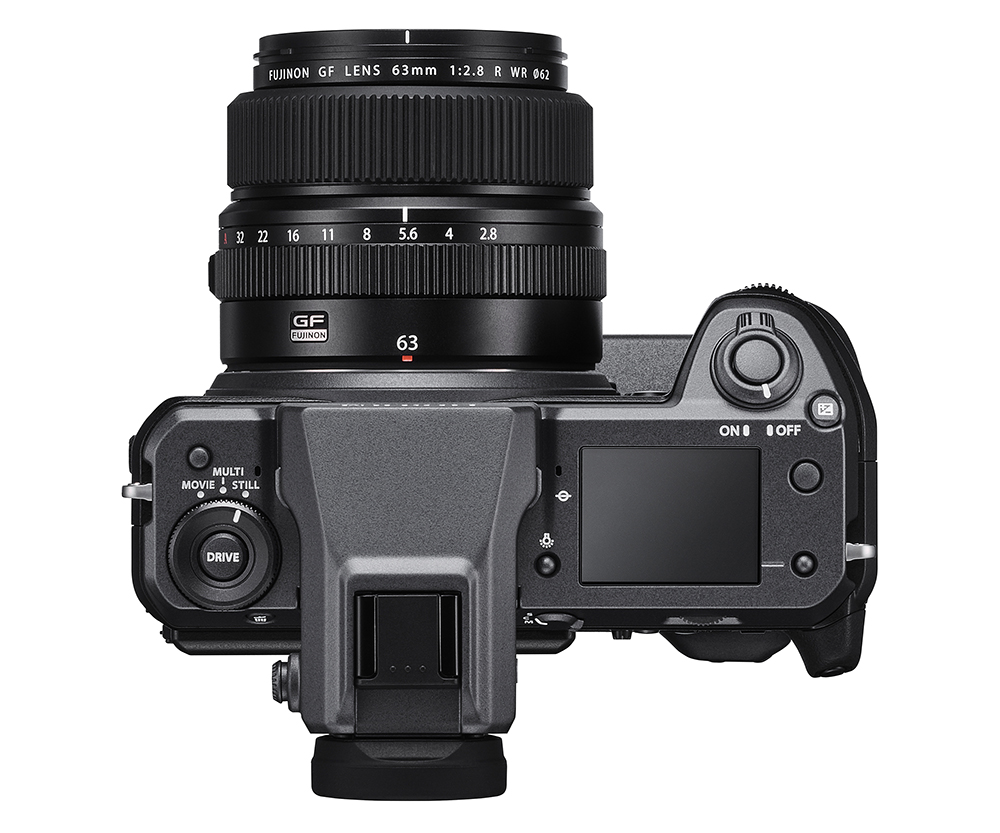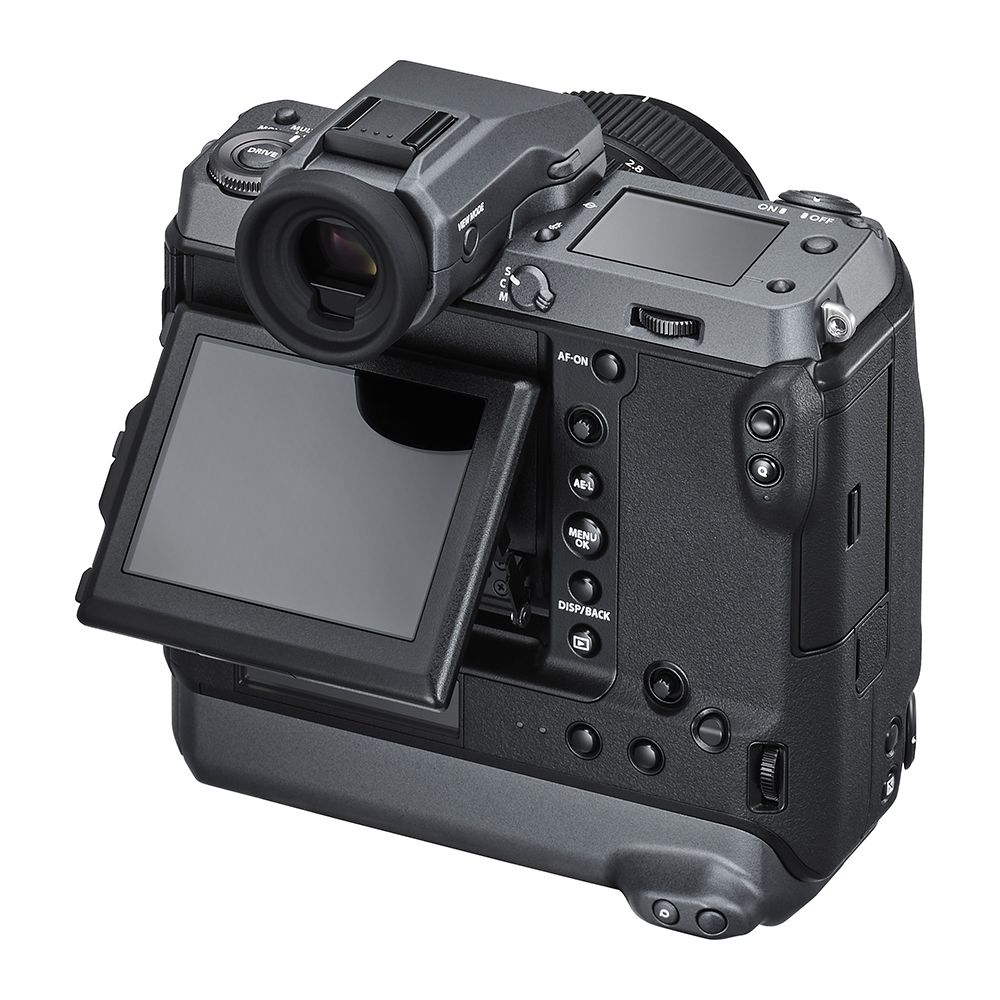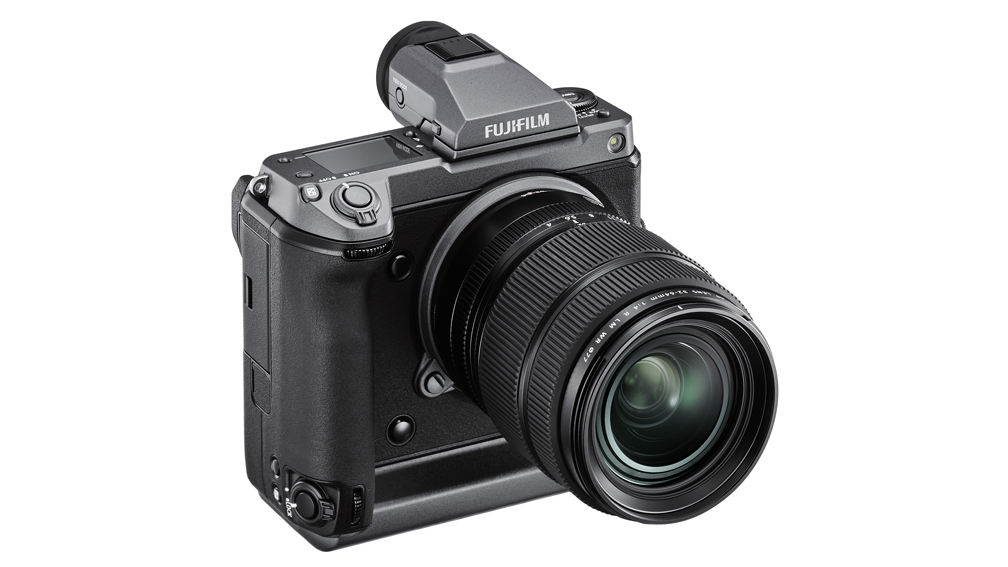Breakthrough Medium-Format Camera
Reviewed by Steve Baczewski
In 2017, Fujifilm came out with their first medium-format camera, the GFX 50S, consequently skipping over and relinquishing full-frame camera production to other manufacturers. Until then, Fujifilm was known for being an early adopter and developer of mirrorless camera technology, mostly in the APS-C market. Their X-T3 is arguably the finest APS-C camera on the market (you can find my review of the X-T3 here).
Implementing many of the successful features of the X-T3, such as touchscreen technology and film simulations, Fujifilm’s GFX100 is their third and most versatile medium-format camera, and with it, Fujifilm has raised the bar for what photographers should expect from medium-format camera performance. Top billing goes to the GFX100’s 102-megapixel CMOS BSI sensor that delivers stunning detail and 14-stop dynamic range in 16-bit RAW files. But more important, for the first time, photographers can shoot medium format without being slowed down by the methodical use of a tripod. They can handhold the GFX100 similar to a full-frame Nikon or Canon DSLR but with the benefit of a sensor that’s 1.7 times as big, producing files of 11,648×8,736 pixels. Fujifilm accomplished this by including several firsts for medium format, including 5-axis in-body image stabilization (IBIS) with approximately 5.5 stops of compensation—a major engineering feat for such a large sensor. Next, they used hybrid AF with fast phase detection autofocus that covers the entire sensor.

The capability to handhold a medium-format camera is a luxury, liberating the photographer for a more fluid experience, especially for landscape and portrait photography. The use of a BSI sensor enabled Fujifilm to reduce the size and double the number of pixels on the same-sized sensor as their 50-megapixel medium-format cameras without making noise an issue. I found noise became a factor at ISOs greater than 6,400; however, the noise was easily corrected in post. One more first is the inclusion of full-frame, 4K video at 30fps and in 4:2:2 10-bit data using HDMI output.
Does all this work? You bet! I photographed landscapes, portraits, and architecture using Fujifilm’s 45mm and 100–200mm lenses and was particularly impressed by the smooth handling that wasn’t any different than using a DSLR. I’ve used both Phase One and Pentax medium-format cameras and wouldn’t dream of using them without a tripod. Handholding a medium-format camera is a luxury I hadn’t experienced until now. I was impressed that under flat outdoor light, the GFX acquired focus quickly, and rarely hesitated or hunted. In continuous burst AF, it can shoot between 3–5 frames per second. Using the GFX100’s face and eye detection, it held focus while photographing subjects moving toward and away from me. Metering is excellent and, except for skewed images on panning with the electronic shutter, I didn’t experience any issues with the mechanical or electronic shutter.
The rugged, black, weather-sealed magnesium body has both horizontal and vertical grips. The horizontal grip is deep, textured, and comfortable; however, the vertical grip, which houses the camera’s two batteries, is made of shallow smooth metal, and its usefulness becomes abruptly limited when using longer heavier lenses. Although the menus are well organized, there are so many available customization buttons on the body that trips to the menu become unnecessary for most situations. Battery life is approximately 900 shots, and there are two SD memory card slots.

Composing with either the 3.2″ articulating LCD touch-sensitive screen or the detachable EVF is a pleasure. The EVF is bright and detailed with a 100% view of your subject, and the large size helps to visualize your final image. It’s made up of 5.76 million dots, has a 0.86 magnification and, while its dynamic range isn’t on par with a DSLR, Fujifilm has an option called “Natural Live View” that lets you see into shadow areas in high-contrast situations. There are two small screens for displaying shooting data or viewing a histogram located near the shutter release and on the back below the articulating LCD. I set the one on the back to display a histogram for maximizing exposure (ETTR).
The GFX100 produces 200-megabyte files that can quickly eat up hard drive space; however, this allows you to do some hefty cropping without losing quality. This is a camera aimed at photographers who make large prints.
The Fujifilm GFX100 changes what has been expected from medium-format cameras in the past. ■






